As world pollution levels near toxic limits, campaigns have shifted to renewable energy sources. Biomass is among the leading alternative energy sources to the pollutant fossil fuels responsible for global warming via carbon emissions. Why should we use biomass energy? Join us as we tackle this question and specifically highlight the biomass energy advantages and disadvantages.
What is Biomass Energy?

Plants are primary biomass sources.
You’ll note that the term biomass has two main parts. Bio means living, while mass means the output or product.
Hence, biomass energy is energy generated by living organisms or those that were formerly living. These living organisms include plants and animals.
But, all bioenergy comes from solar power, albeit indirectly. It is because plants utilize the sun to make food via photosynthesis. The food, in turn, converts to energy for us, which we can further process to produce heat and electricity.
Is Biomass a Renewable Energy Resource?

Renewable Energy Sources
We consider biomass as among the renewable resources primarily because;
- The primary production of biomass energy is from waste materials. and organic wastes. These will always be available.
- Also, we can ensure that organic materials such as plants are ever-present by always planting more. Hence, we cannot deplete the organic waste supplies.
Types of Biomass
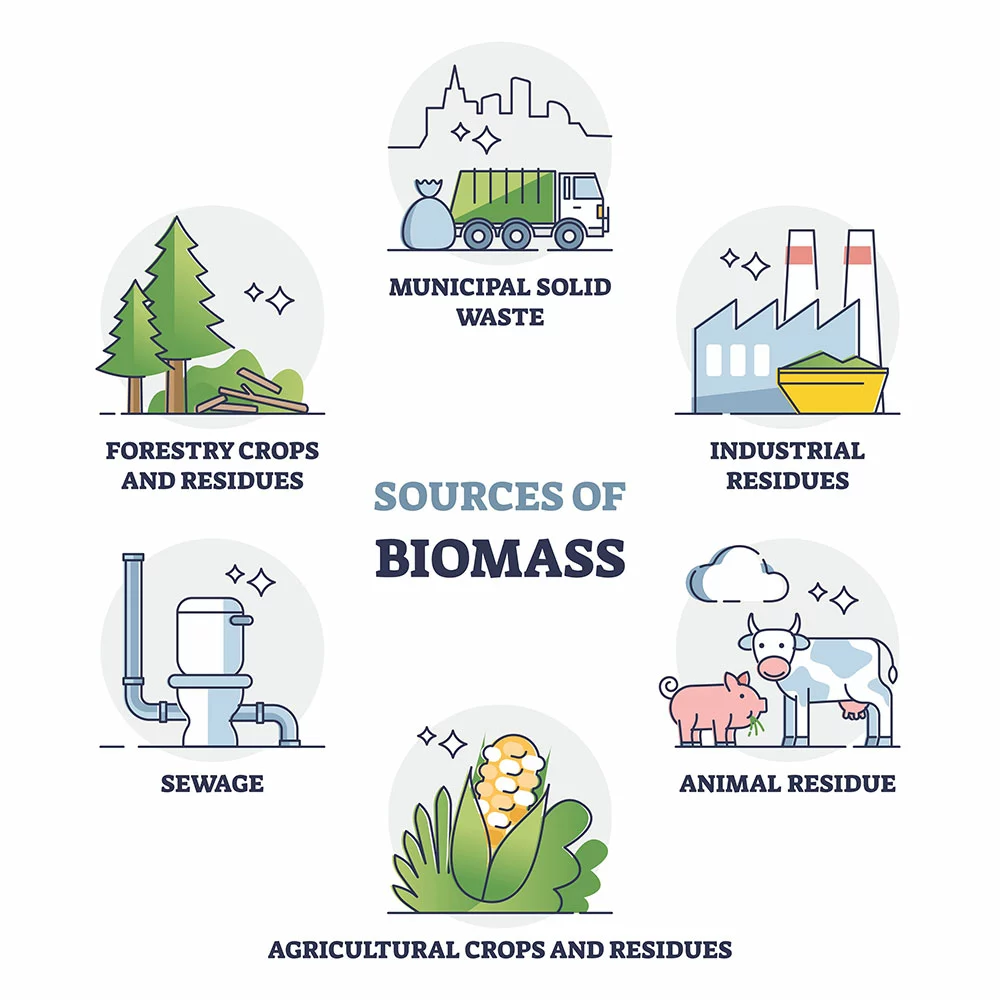
Biomass Sources
Agricultural and Forestry Crop Residues
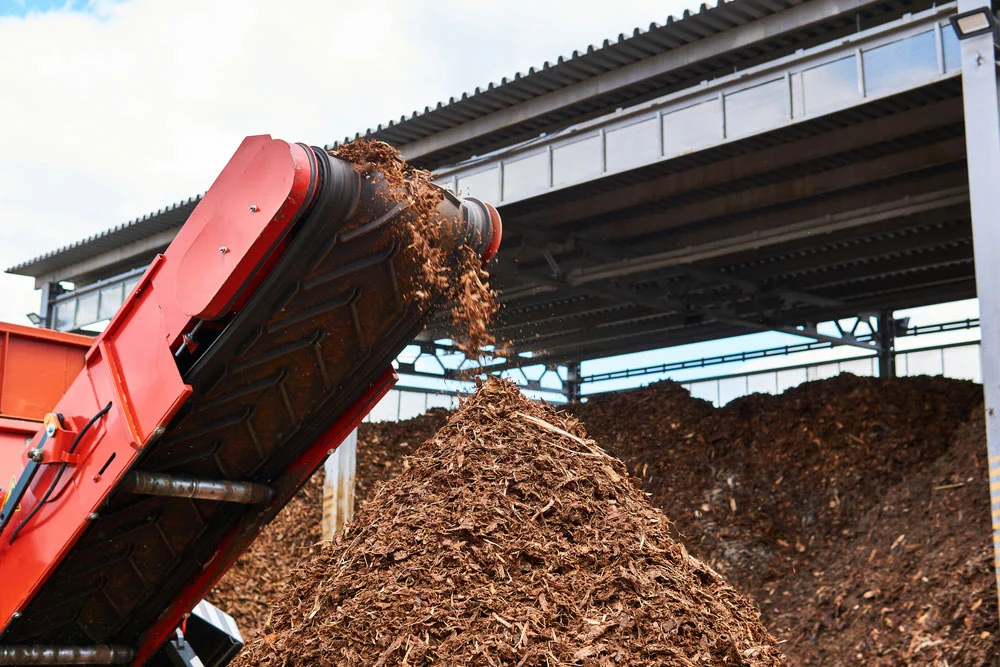
Wood waste makes good biomass source
Plant solid wastes and agricultural wastes are the primary sources of biomass. Thus, we can exploit plant waste products like:
- Wood waste
- Plant matter
- Crop waste
- Cane trash
- Deadwood
- Wood Chips
- Fruit processing residues like husks and straws
Animal Wastes

Animal waste is a biomass source
Again, animal and human waste can be viable sources of biomass energy. The kinds of animals wastes we can use include:
- Poultry farm waste
- Cow dung, Swine Manure, and Chicken droppings
- Organic debris such as fisheries and slaughterhouse wastes.
Biomass Energy Plants
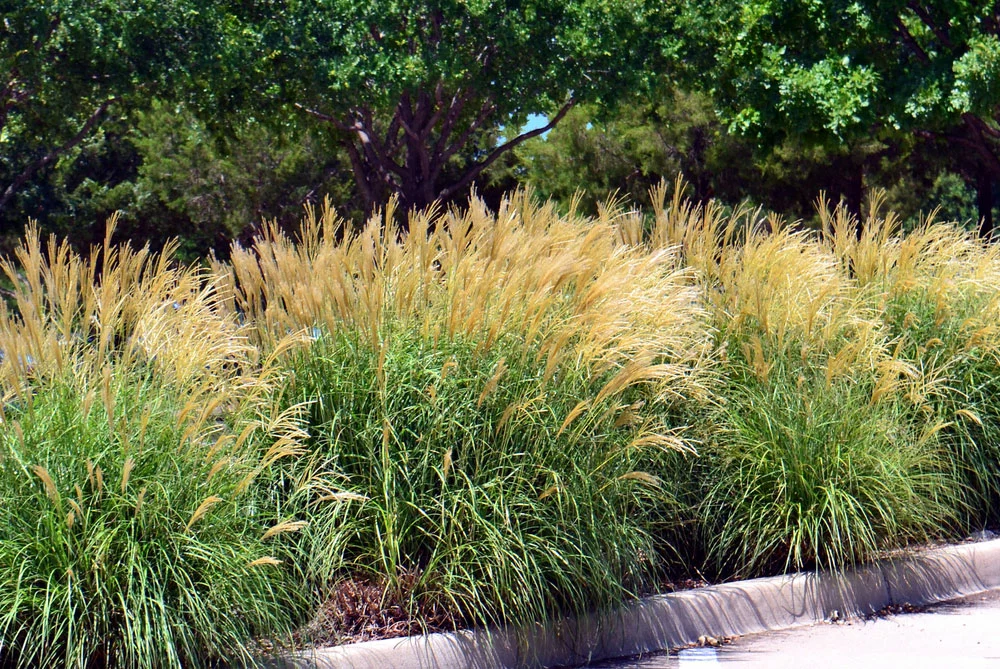
Miscanthus Grass is an energy crop
We can also derive energy from low-maintenance and cost crops such as the following:
- Switchgrass (Panicum virgatum),
- Miscanthus (Miscanthus giganteus)
- Eucalyptus (Eucalyptus globulus)
- Short Rotation Coppice (SRC)
- Kenaf (Hibiscus cannabinus)
The plants are called biomass crops and are exclusively for energy generation.
Biomass plants grow fast and generate usable energy via the combustion process. Also, owing to their rapid growth rate, they are long-term reliable energy sources as long as one has available arable land.
Woodlands Residue
We can find wastes such as wood chips, logs, and wood pellets in woodlands that we can use for biomass production. Again, the biomass fuel we produce from these sources is renewable as we can always plant more trees.
Municipal and Industrial Waste

Coffee grounds are a biomass source.
When left untended, municipal waste in landfills can become a health hazard. However, we can mitigate the municipal and industrial waste negative environmental impact by using them as fuel sources.
Some of the biomass renewable industrial and municipal waste includes:
- Food garbage
- Vegetable oil resides
- Wood garbage
- Coffee grounds
- Domestic waste
- Human waste
How Does Biomass Energy Work?

A Biomass power station
Below, we’ll explore the various ways we can use biochemical energy.
Heat Generation
We can generate heat from biomass energy sources in the same way as fossil fuels. However, the primary upside of using biomass organic matter is that they are a renewable source.
When we burn biomass energy plants, we’ll obtain heat energy. Like fossil fuels, burning biomass resources also poses an environmental pollution problem.
Electricity Production
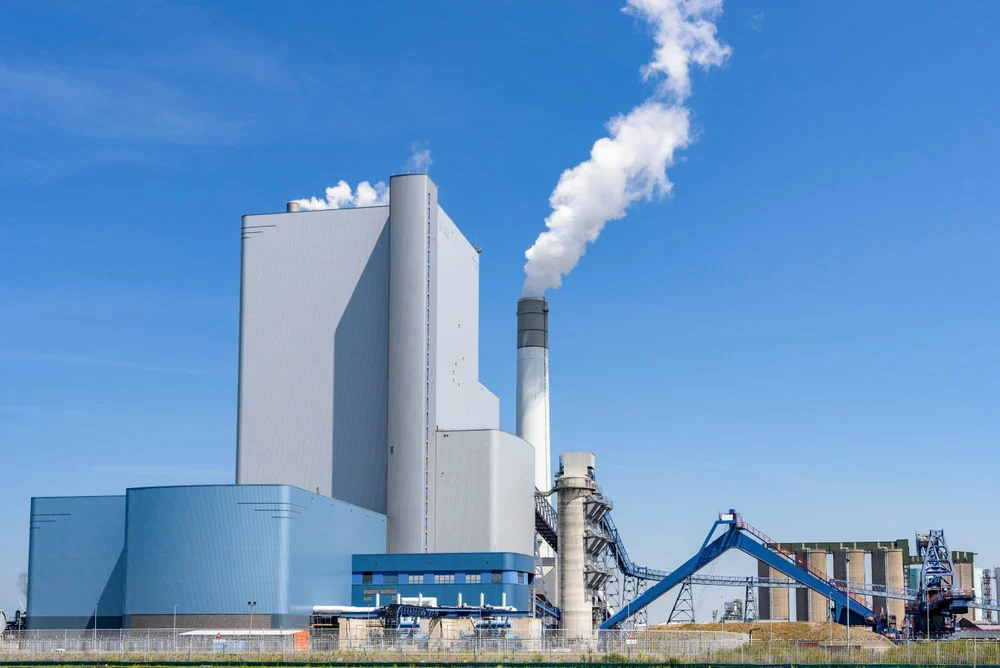
A Biomass power plant
Biomass power plants can create electricity in two cardinal ways.
- First, burning biomass energy resources will create heat energy that can be useful in heating water to form steam. Directing this steam to a turbine will generate electricity.
- Also, they may opt to subject dry agricultural wastes to anaerobic conditions and high temperatures in a gasifier. The system produces hydrogen and carbon dioxide via the pyrolysis process. The alternative is to generate methane gas in a digestion tank. Next, they direct the gases (from either chemical process) to a gas turbine to generate electricity.
Biomass Energy Advantages and Disadvantages- Biofuels Generation
We can use biomass organic materials to produce liquid biofuels in sectors such as the transport industry and power vehicles. Primarily, there are main biofuels:
- Biodiesel – We can form biodiesel by reacting vegetable oil wastes with ethanol/methanol or via reacting with microorganisms.
- Ethanol- The biomass fermentation process of materials like molasses and sugarcane in the presence of yeast yields ethanol.
Biomass Energy Advantages and Disadvantages: Pros
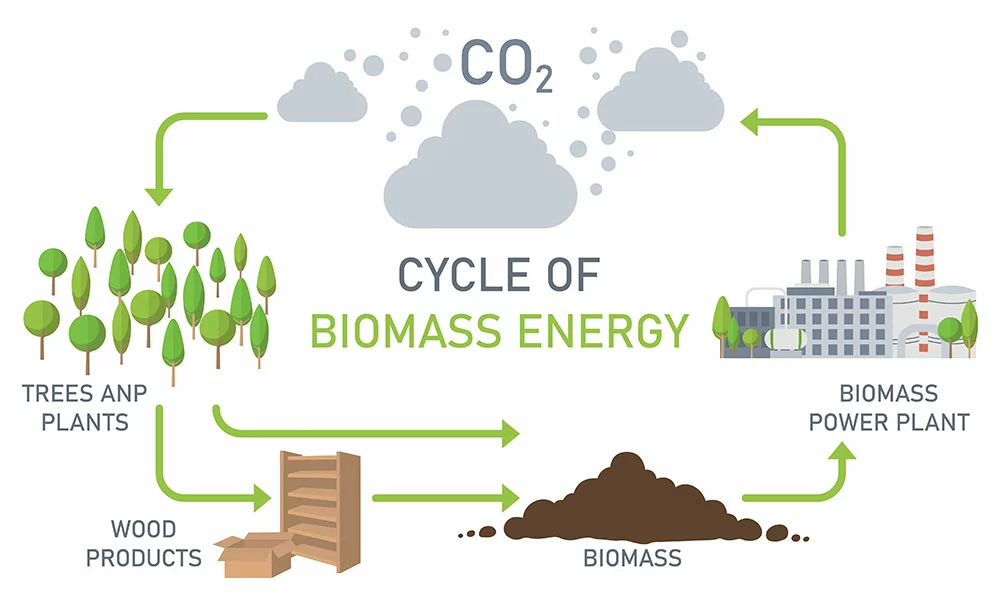
A Biomass Energy Cycle
a.) A Renewable Energy Source
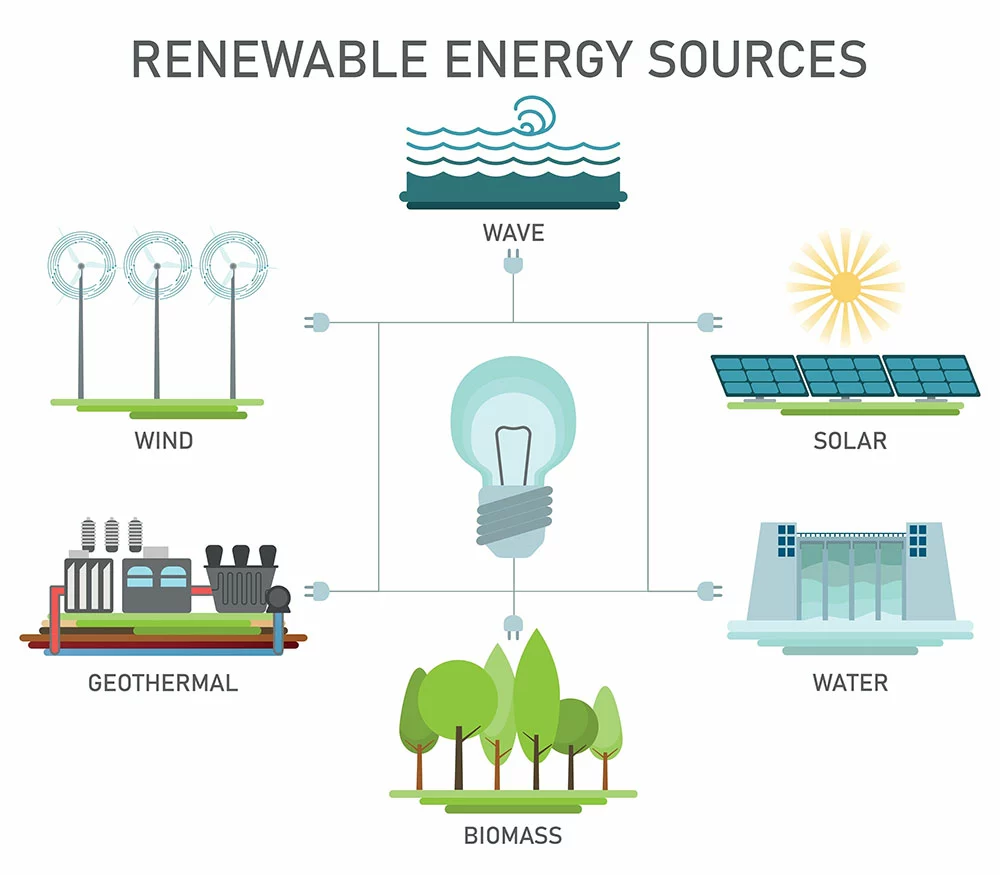
Biomass is among the clean energy sources
Biomass energy is renewable. For instance, we can plant more trees to replace those we use in energy production. Besides, biomass is essentially from waste products such as kitchen waste and animal products. These are ever available and hence replenishable.
b.) It’s Carbon Neutral
The biomasses also release carbon dioxide during oxidation, just like fossil fuels. Nonetheless, unlike the latter, biomass carbon dioxide is immediately consumed by green plants for photosynthesis.
Hence, there is no buildup of greenhouse gases and carbon footprint as in the case of fossil fuel resources. This factor makes biomass fuel better than fossil fuels as they are as safe as solar and wind energy sources.
c.) It Creates a Healthier Environment
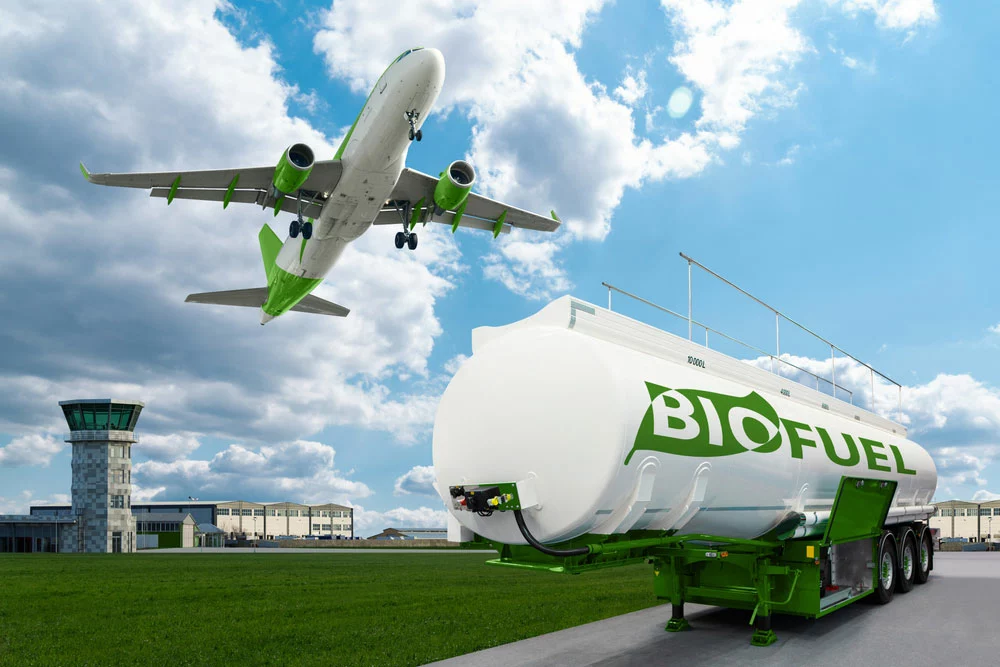
A Biofuel Tanker
The waste from our kitchens and toilets can find its way into water sources, posing a risk to human health and aquatic life. Nonetheless, biomass production relies on these wastes.
Hence, biomass production offers an environmentally friendly way of disposing of waste while generating energy. This way, our water sources and oceans remain uncontaminated.
d.) It is Readily Available
Biomass is virtually within our scope wherever we are. Fossil fuels are limited, and we must use them cautiously as they are prone to depletion.
But, with biomass, there’s extensive abundance, and we don’t have to struggle to access biomass organic matter. It is advantageous because it lowers energy production costs.
e.) It lowers Landfills Wastes
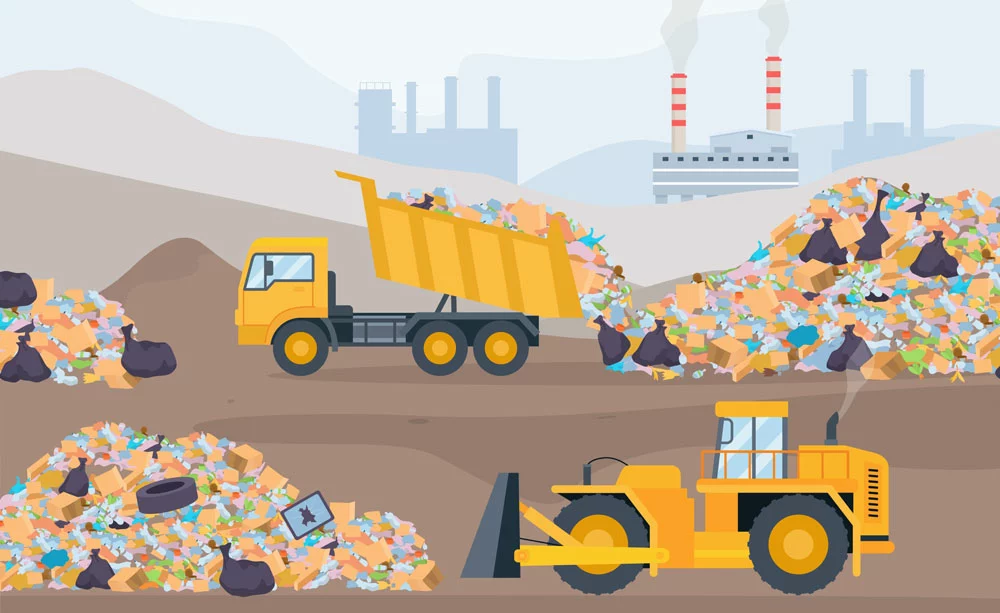
Biomass production reduces landfills
Our landfills are undoubtedly a menace, especially with the rising world population. We are set to generate more waste than before in the future, and this poses a problem to our environmental well-being.
Also, landfills are some of the key sources of greenhouse gas emissions. Hence, dealing with waste can go a long way in arresting global warming. Therefore, biomass energy generation is critical in preserving our natural
Biomass Energy Advantages and Disadvantages: Cons
a.) It Is Relatively Pricey
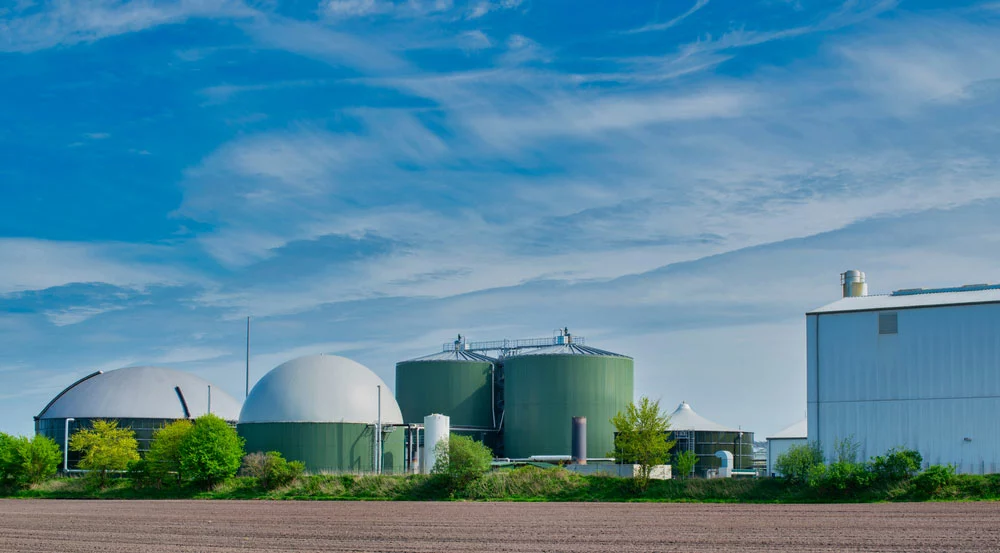
It’s expensive to set up a biogas plant
No doubt that biomass energy is a viable alternative to fossil fuels. But producing it is relatively pricier than other renewable energy sources like solar power.
For instance, there are relatively high upfront costs in setting up biomass energy plants. Also, harvesting and transporting fossil fuels is relatively expensive. In addition, unlike solar energy, which you can easily store in solar cells at a low cost, biomass energy is expensive to store.
Therefore, although biomass is environment friendly and in plentiful supply, other renewable sources trounce it regarding costs.
b.) It is Space Intensive
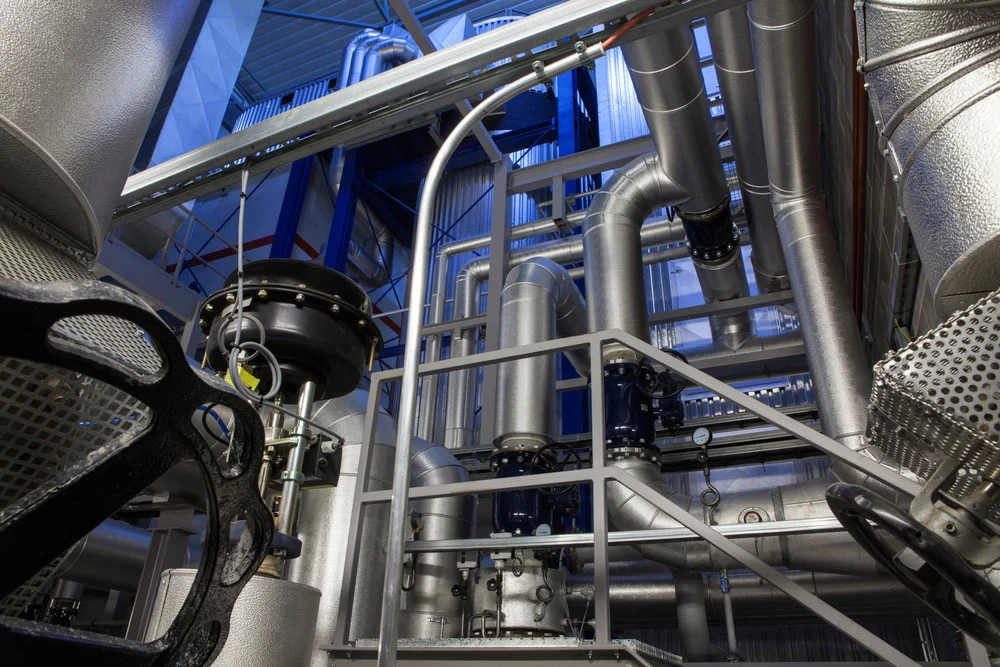
A biomass plant requires extensive space
You need extensive space to set up a biomass plant as storing it is space intensive. Thus, you can’t build a plant wherever you wish. Besides, you may need to grow energy plants, which also require a lot of space.
Again, you will require a considerable supply of energy plants for a reasonable energy yield. Hence this is among the key cons of biomass energy production as, without space, you can’t produce enough.
c.) Potent Greenhouse Gases Emissions
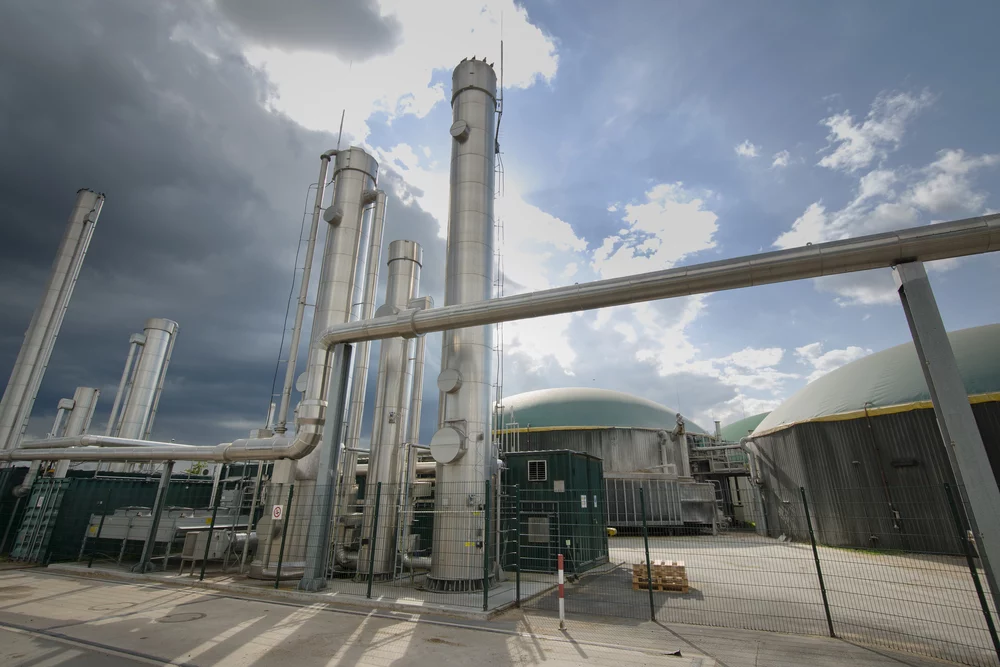
Biomass plants still contribute to greenhouse emissions
Yes, we generally regard biomass as carbon neutral. But it still emits considerable carbon into the surrounding.
Biomass carbon emissions are relatively lower compared to fossil fuels. But again, to curb global warming, we need to completely shut out even the minutest carbon emissions.
Hence, other renewable energy sources rank better than biomass in this aspect. Besides, burning biomass sources like wood emit other greenhouse gases like carbon monoxide, methane, and nitrogen oxides.
d.) Negative Environmental Impact
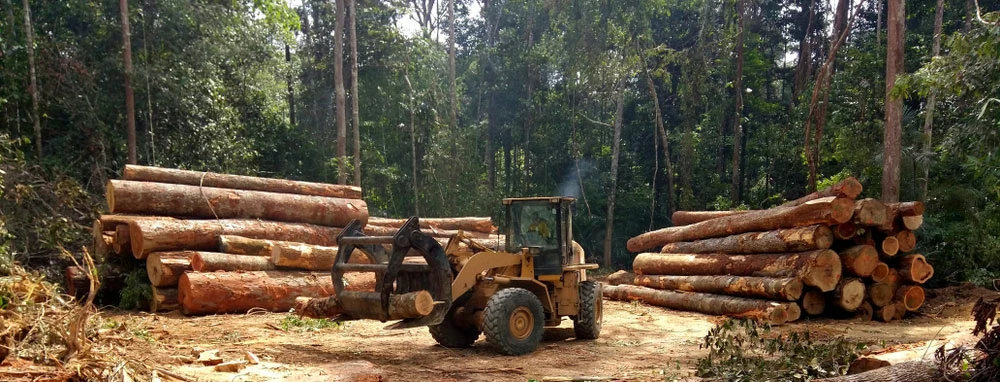
Biomass may encourage deforestation
We can continually replenish biomass sources such as trees and plants. However, an overreliance on forests for biomass sources can cause deforestation. In turn, this will affect forest cover and rainfall patterns.
Besides, planting energy crops encourages monocropping, which strips essential nutrients from the soil in the long run.
e.) It’s Relatively Inefficient
As it stands, it is not energy efficient to produce biomass. We may require higher heat to convert it to usable energy than the energy yield. It makes the entire process uneconomical.
We need more investment in research to create biomass processing means that are more energy efficient.
Future of Biomass Energy
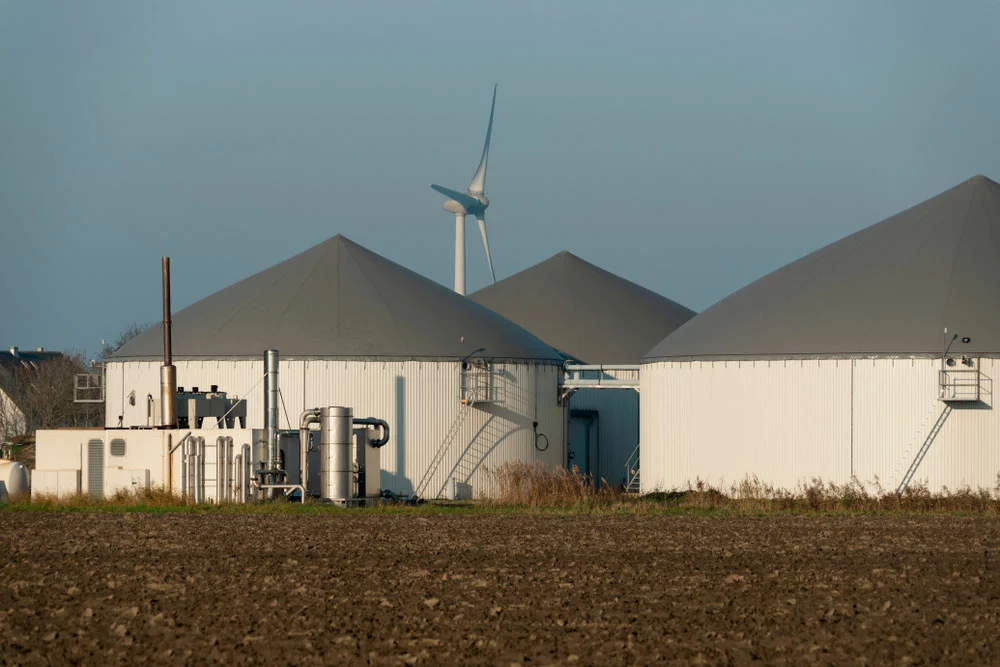
A Biogas plant
Biomass energy ranks among the most viable alternatives to fossil fuels. However, replacing them will take time unless we develop more energy-efficient biomass processing means.
As things stand, solar and wind energy are cleaner and more efficient sources than biomass. Nonetheless, as we further invest in efficient process technologies, biomass could take over as its abundant.
Summary
Biomass is a key renewable energy source that is highly abundant, versatile, and environmentally friendly. But it’s also expensive to produce and contributes to greenhouse emissions, albeit small. All in all, we can harness it to replace fossil fuels in the future. That’s all for now, thank you.
